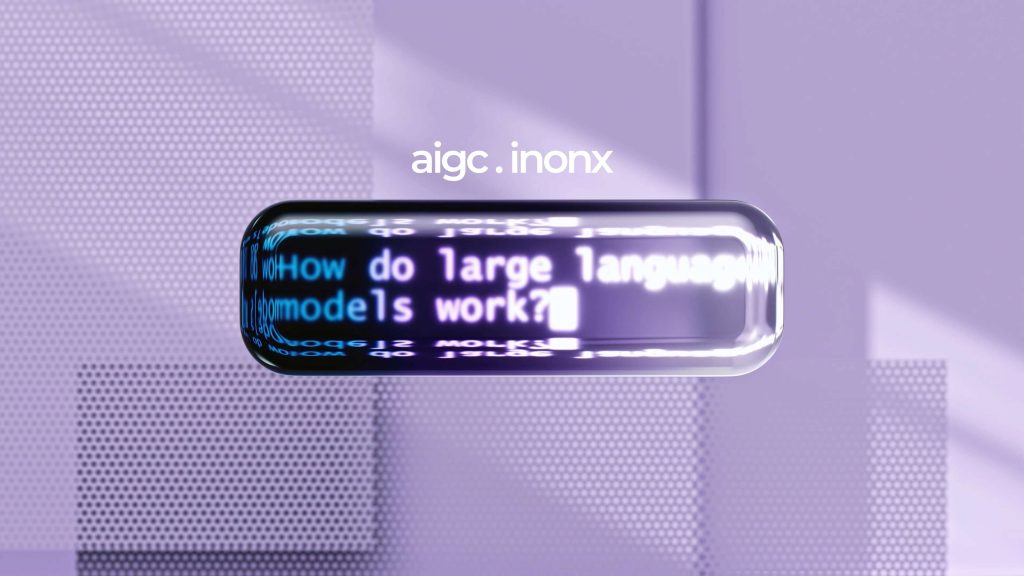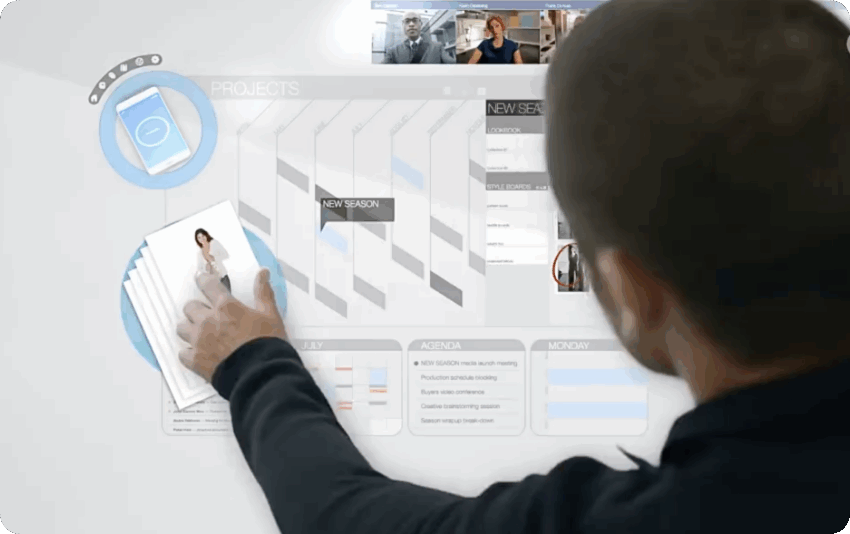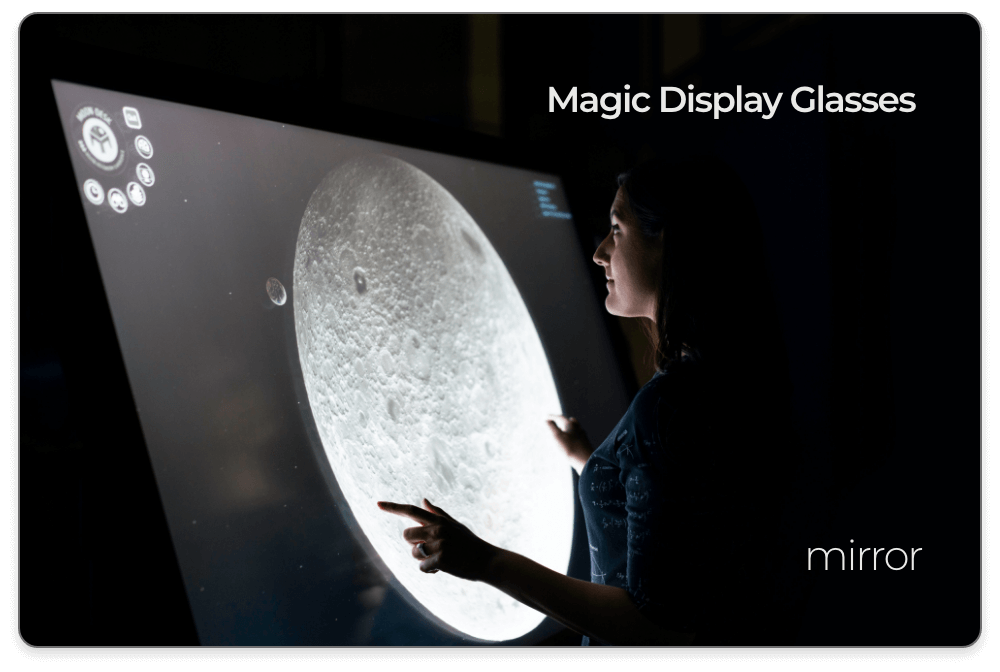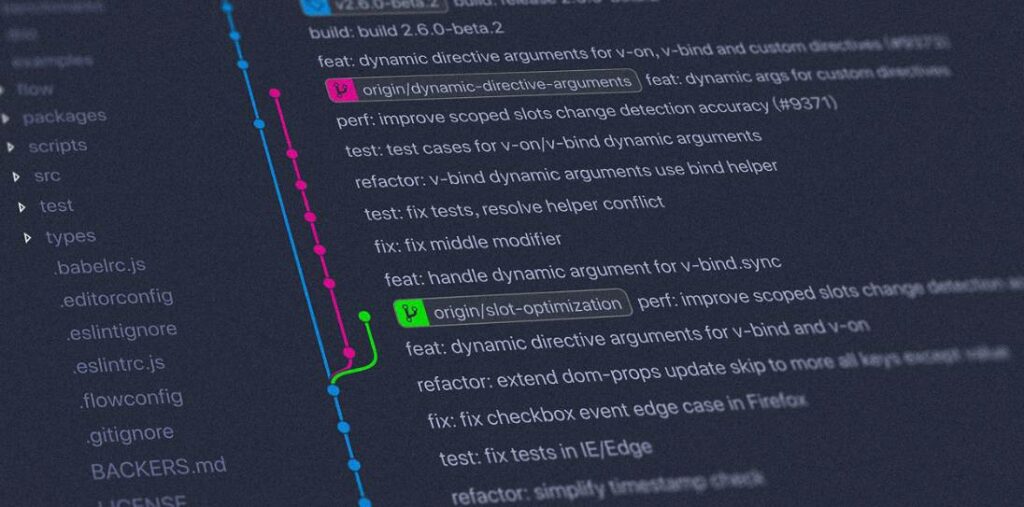The intertwining of artificial intelligence (AI) with everyday services is reshaping industries across the globe. In healthcare, AI is not only transforming how medical professionals interact with patients but also how cities maintain their infrastructure. This article delves deeply into the latest updates, trends, and technical insights associated with AI telemedicine, AI virtual healthcare assistants, and AI predictive city maintenance.
AI has emerged as a cornerstone of modern healthcare, improving patient outcomes and streamlining operations. With the COVID-19 pandemic expediting the adoption of telemedicine, AI is proving indispensable in delivering quality care remotely. Through AI telemedicine, health professionals can diagnose illnesses, offer treatment plans, and provide follow-up care via virtual interfaces, drastically reducing the barriers of distance and accessibility. According to a report by McKinsey, telehealth utilization has stabilized around 38 times higher than pre-COVID levels. .
AI telemedicine platforms are equipped with advanced algorithms that analyze patient data in real-time, allowing for speedier diagnoses and personalized treatment plans. For instance, companies like Amwell and Teladoc Health leverage AI to enhance their telehealth offerings, enabling clinicians to interact with patients more efficiently while ensuring that medical advice is tailored based on unique patient histories and needs. .
Another area where this technology shines is in predictive analytics. AI models can analyze vast amounts of data, detecting patterns that might otherwise go unnoticed. For instance, data from previous patient interactions can be used to predict which patients are at higher risk for specific conditions, allowing healthcare providers to intervene earlier and potentially preventing serious health complications down the line. This approach not only improves patient health but also optimizes resource allocation in healthcare settings, making it a win-win for all stakeholders involved. .
As the capabilities of AI continue to evolve, the role of virtual healthcare assistants has grown significantly. AI virtual healthcare assistants are designed to serve as initial touchpoints for patients seeking medical advice, capable of managing appointments, providing health information, and triaging symptoms. Leveraging natural language processing (NLP) capabilities, these virtual assistants can understand and respond to patient inquiries in real-time, offering support around the clock. .
A prime example of this technology at work can be observed in the app Ada, an AI-driven platform that allows users to input their symptoms and receive instant feedback. By gathering user data and medical histories, Ada can help patients understand their conditions and recommend appropriate actions, including whether they should seek in-person care. .
The integration of AI virtual assistants not only enhances patient experience but also alleviates some of the burdens on healthcare personnel, allowing them to dedicate their time to more complex medical issues. With an estimated 75% of patient inquiries being routine, these virtual assistants can free up valuable time for healthcare professionals to focus on critical tasks and improve overall patient interaction quality. .
In parallel, cities are beginning to harness the power of AI for predictive maintenance, a critical component in urban planning and infrastructure management. AI predictive city maintenance utilizes machine learning algorithms and IoT (Internet of Things) sensors to monitor the condition of city infrastructure, such as roads, bridges, and public transport systems. By analyzing real-time data, cities can identify potential issues before they become full-blown crises. .
Consider a real-world application by the city of Los Angeles, which has implemented a predictive maintenance program for its streetlights. Using sensor data and AI analytics, the city can predict failure points, significantly reducing maintenance costs and improving public safety. This proactive approach reduces unplanned outages, optimizes service schedules, and enhances the overall efficiency of resource allocation. .
Another notable case is that of Singapore, which has embraced AI technology to monitor the health of its sprawling urban infrastructure. By using predictive analytics, the country is not only extending the lifespan of its assets but also ensuring that urban services run smoothly amidst rapid development. Given the overwhelming pressures of urbanization, integrating AI into city maintenance plans is becoming an invaluable asset for efficient urban management. .
Looking ahead, the implications of integrating AI across telemedicine, virtual healthcare assistants, and predictive city maintenance are vast. With the ongoing evolution in AI technology and its applications, these solutions will likely become more sophisticated, further enhancing healthcare delivery and urban living. For instance, as natural language understanding (NLU) technologies evolve, virtual healthcare assistants could become more adept at understanding complex patient needs, enabling deeper interactions and better outcomes. Similarly, predictive city maintenance applications could evolve with the integration of more refined machine learning models, improving not only predictive accuracy but also the scope of city services. .
Moreover, as more health data becomes available through wearables and IoT devices, the interconnected networks of AI telemedicine and virtual assistants can create more robust healthcare ecosystems. The ability to track a patient’s vital signs remotely, combined with a virtual assistant’s round-the-clock support, significantly enhances proactive healthcare management. Healthcare providers will have an armamentarium of data-driven insights, enabling them to tailor interventions and improve health outcomes for their patients. .
In conclusion, the convergence of AI telemedicine, AI virtual healthcare assistants, and AI predictive city maintenance stands at the forefront of a paradigm shift in both healthcare and urban management. By harnessing the synergies of these technologies, stakeholders can create smarter, more efficient systems that cater to the needs of citizens and patients alike. The structured integration of AI-driven insights helps mitigate challenges, whether it’s facilitating patient access to healthcare or maintaining the well-being of urban infrastructures. As we look toward the future, it’s clear that AI will play a pivotal role in reshaping the landscape of healthcare and urban living. .
**References**
1. McKinsey & Company. (2020). “Telehealth: A quarter-trillion-dollar post-COVID-19 reality?”
2. Amwell. (n.d.). “Delivering Experiences Everybody Loves.”
3. Teladoc Health. (n.d.). “Transforming the Healthcare Experience.”
4. Ada. (n.d.). “Your Personal Health Companion.”
5. Los Angeles Bureau of Street Lighting. (2021). “Smart City Initiatives.”
6. Singapore Government Technology Agency. (2021). “Smart Nation Innovations.”
The future of clinical care and urban infrastructure lies at the intersection of AI and human ingenuity, navigating the complexities of modern life through innovative solutions that promise to enhance our everyday experiences.





























